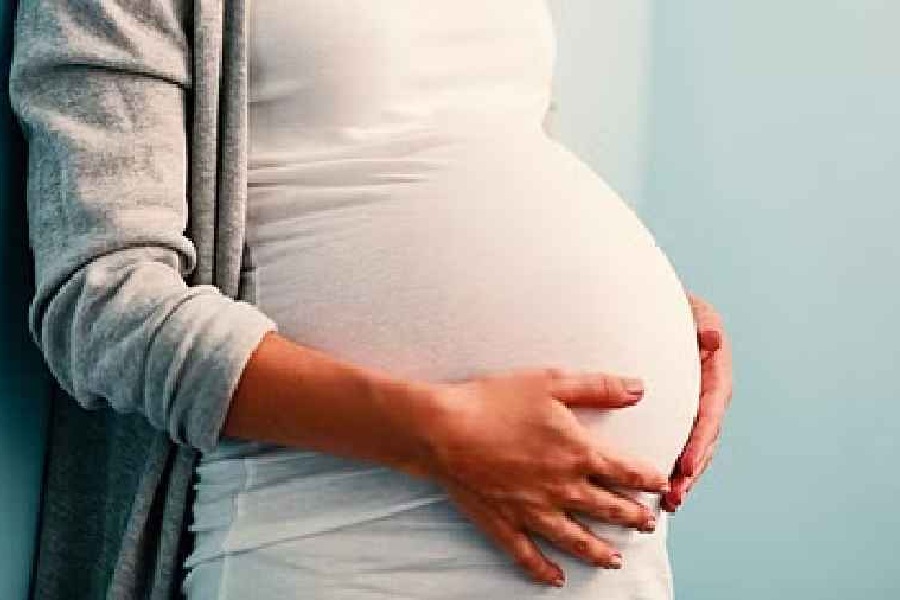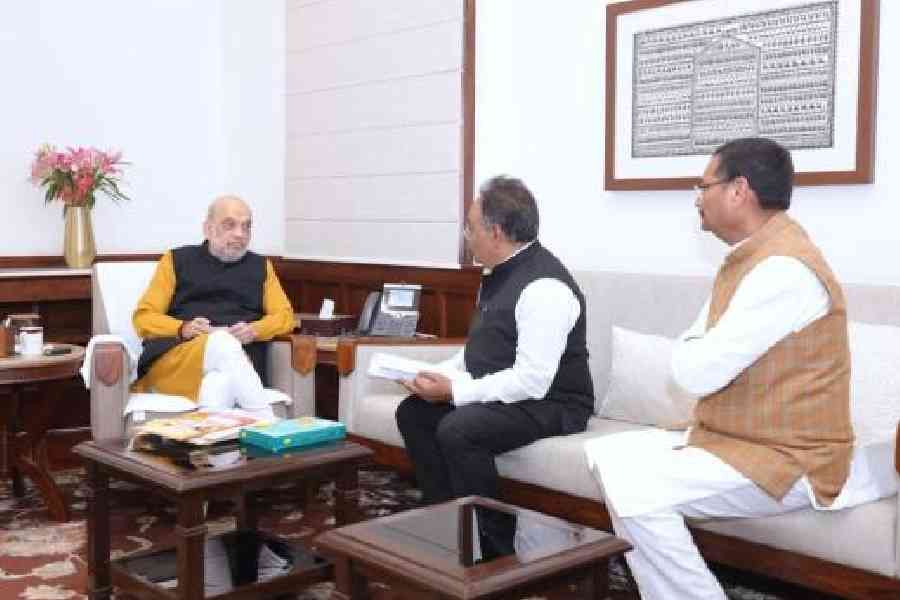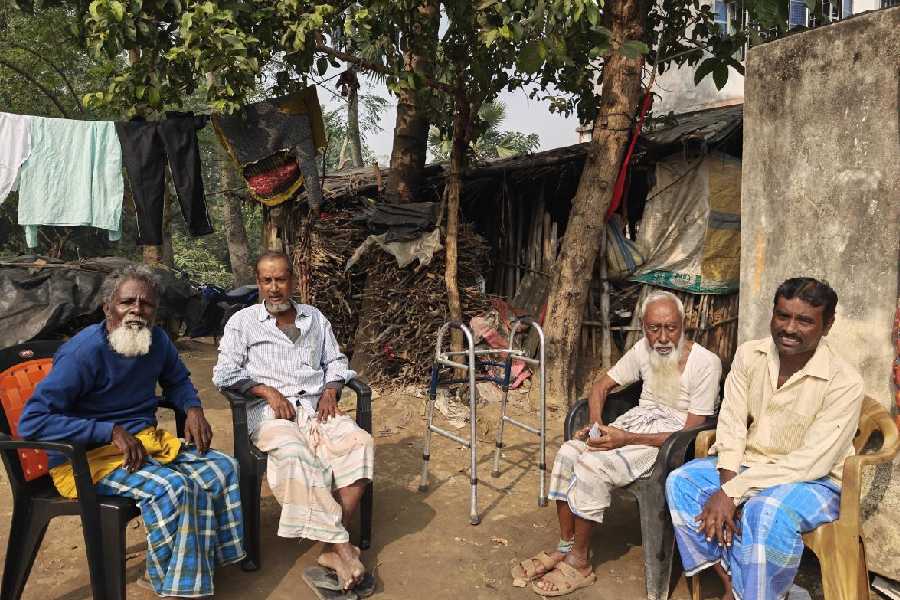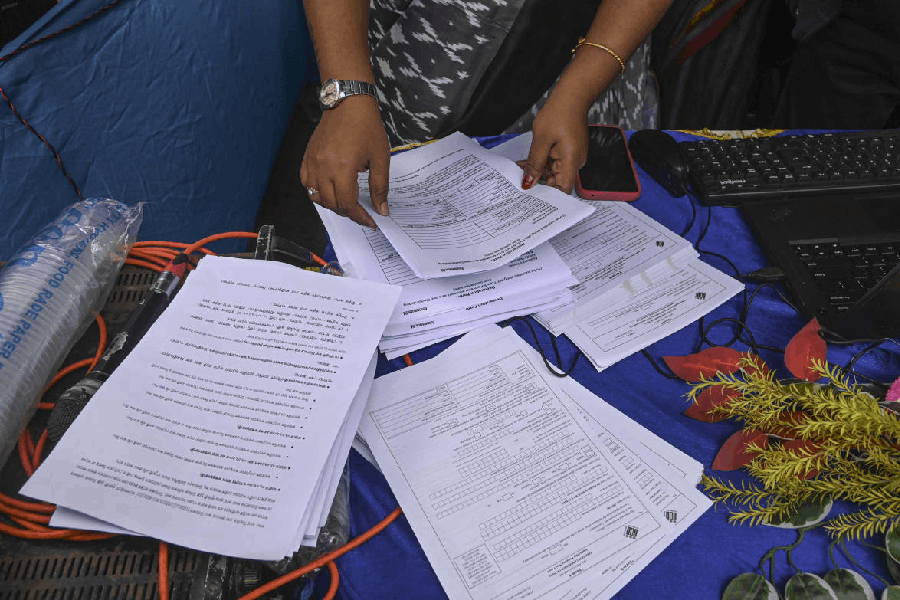Maternal mortality in India has demonstrated a secular decline and attained a maternal mortality ratio (MMR) of 93 as of 2019-21. This is an accomplishment and demonstrative of better reproductive health. One of the sustainable development goals aims to bring down this ratio to less than 70 per 1,00,000 live births globally. But maternal mortality is not merely assessed in terms of this ratio. There are two other measures: maternal mortality rate is an expression of the risk of maternal death per lakh of women, and life-time risk of maternal mortality represents the risk of a woman dying during the reproductive age owing to maternal causes.
There is apprehension about the reliability of the maternal mortality ratio given its periodic assessment owing to the rarity of this event and its responsiveness to the rapid fertility decline experienced in recent times. At a national level, the estimate is presented with a reasonable confidence interval. But its disaggregation at the state level makes this indicator not comparable due to its varying reliability. The state-level estimates come with wide-ranging confidence intervals that make comparison impossible. These confidence intervals are the widest in regions where real levels of maternal mortality rate are reasonably lower. One thus wonders how scientific it is to present state-level estimates of MMRs. The lowest MMR is reported by states like Kerala, Tamil Nadu and Maharashtra. But these come along with confidence intervals that make these estimates unrealistic and incomparable to other states. These estimates, if compared temporally, would perhaps not stand statistical scrutiny.
The alternative indicator of maternal mortality rate per 1,00,000 women of reproductive age stands at 6 for India, with a variation of 1 to 15 across the states. In the southern states, this rate varies between 1 and 3, indicating its sensitivity to the levels of fertility and, similarly, it is in the range of 13 to 15 in states like Madhya Pradesh and Uttar Pradesh, where fertility or reproductive exposure is reasonably higher. Such an assessment offers estimates as an implied derivative of reproduction exposure rather than realistically monitoring this rare event.
The final assessment is made in terms of a concept called life-time risk of maternal mortality, which is 0.2% nationally, with a variation of 0.08% in the southern states and the highest being 0.53% in Madhya Pradesh. Not only does this indicator appear realistic but it also is in keeping with reproductive exposure and therefore qualifies to be the most relevant indicator for temporal and cross-sectional comparison of this rare outcome.
The three indicators presented together offer contradictions, too, with a high MMR being accompanied by a lower life-time risk. Such contradictions may be used to reject MMR as an indicator of maternal mortality. Given the complexity of estimating this rare event, along with its becoming rarer over time, a direct estimate of this outcome will always be compromised. Hence, deriving this estimate through the regression approach as a function of levels of prevailing fertility level, controlling for other maternal health infrastructure and high-risk reproduction features, must be considered.
Apart from its aggregate level, an age pattern of this outcome is also assessed, wherein a greater share of these deaths is concentrated between ages 20-35, which is in keeping with the fertility exposure seen in the age schedule of fertility. Estimation of the proportion of maternal deaths over the reproductive ages sounds acceptable in terms of its confidence interval. However, the disturbing feature remains as there is a greater likelihood of death due to maternal causes in reproductive ages 20-35 and focus should thus be on this group and its composition.
Maternal mortality estimation should be limited to life-time risk given its sensitivity to fertility and the assessment of the real magnitude of this outcome in relation to the age composition of women of reproductive age. A documentation of this nature violates precision and accuracy.
Udaya S. Mishra is Professor, Department of Epidemiology and Bio Statistics, International Institute for Population Sciences, Mumbai. Views are personal











